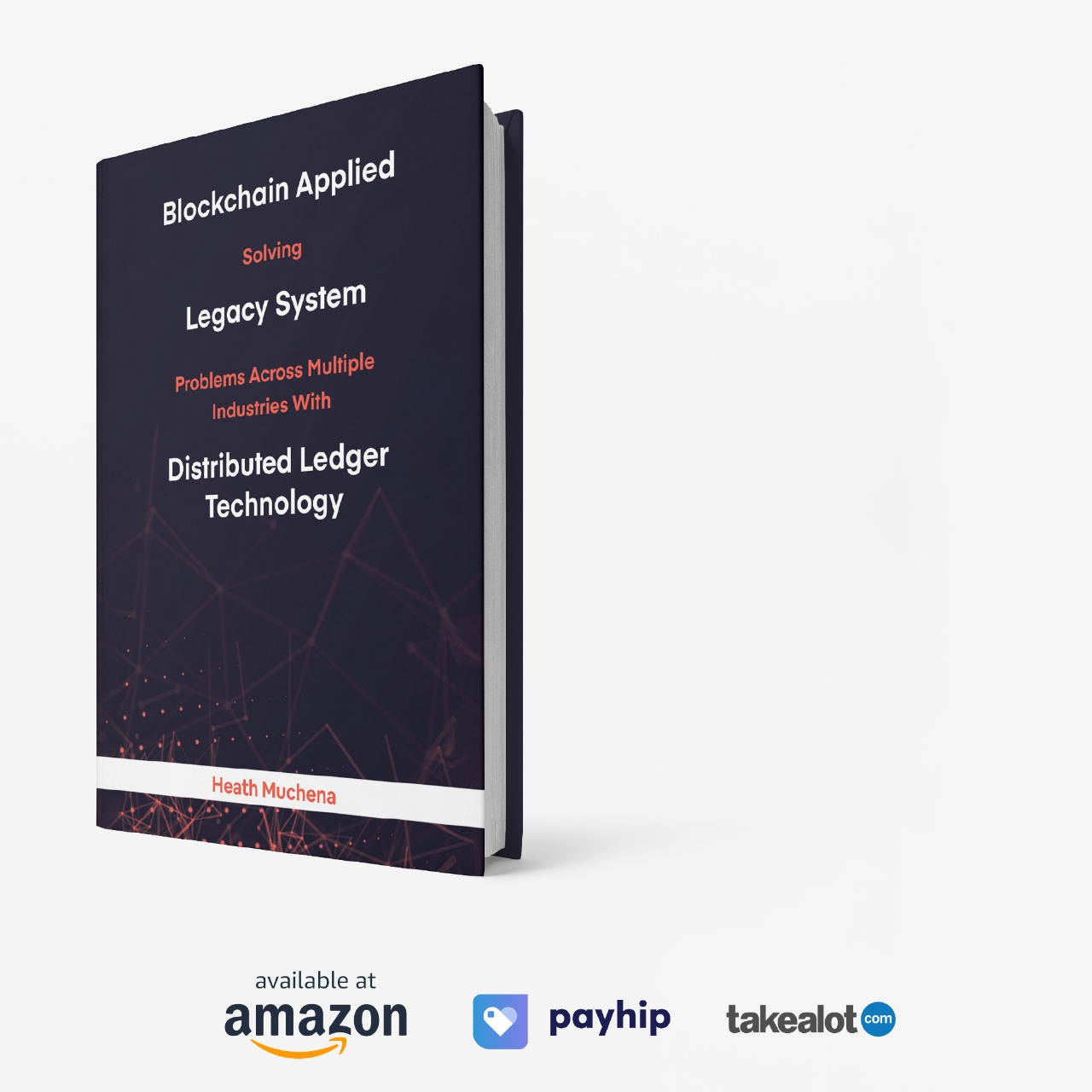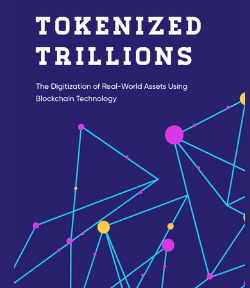
Central Banking vs. The Promise of Decentralised Finance
Digital Currencies vs. Traditional Banking: The Financial Tug of War.
Unpacking the Evolution of Money and Markets
Modern economies revolve around the delicate dance of inflation, interest rates, and market dynamics. Central banks, such as the U.S. Federal Reserve, wield significant influence in this dance. However, as the world shifts towards digital economies, new paradigms like decentralized finance (DeFi) and cryptocurrencies are emerging.
Central banks traditionally manage money supply through:
- Open market operations.
- Reserve requirements.
- Discount windows.
- Foreign exchange interventions where they might buy or sell their own currency to influence its value.
- Forward guidance through providing hints about future policy, consequently shaping market expectations.
- Negative interest rates which is an unconventional method where banks charge on deposits to encourage lending.

Consumer Price Index (CPI) is a measure of inflation. It gauges the average change over time in prices paid by consumers for goods and services. Rising CPI indicates inflation, which erodes purchasing power. The US Federal Reserve uses interest rates as a primary tool to control inflation. Raising interest rates makes borrowing expensive, curbing spending and investments. Lowering rates does the opposite.
Equity markets often react to interest rate decisions. Higher rates might decrease corporate borrowing, leading to reduced capital expenditures and potentially lower stock prices. Conversely, lower rates can stimulate equity markets.
Crypto markets, still in their relative infancy, show mixed reactions because some investors and traders view Bitcoin as a hedge against inflation, whereas others see the entire crypto space as speculative.
Due to the impact central banks have on policy decisions, they have occasionally been accused of manipulating markets, either by intervening excessively or by not being transparent.

Central Banking vs Decentralised Finance
With the rise of crypto, central banks are now exploring issuing digital currencies. While CBDCs promise enhanced transaction efficiency, critics argue they might infringe on privacy and financial freedom.
This brings about the question of trust in Centralized vs. Decentralized systems. Historically, trust is placed in centralized entities. Decentralized systems challenge this, relying on consensus mechanisms.
Central banks, with their historical tools, have shaped global economies for decades. However, decentralized systems offer new paradigms of transparency, control, and financial inclusion. As these systems evolve, it becomes crucial for societies to understand, adapt, and ensure that the future of finance aligns with collective values.
The Case for Decentralized Finance (DeFi) and Cryptocurrencies
- Economic Sovereignty: DeFi platforms operate without intermediaries, granting individuals control over their assets.
- Transparency and Security: Blockchain technology, underpinning most DeFi solutions, offers transparency and robustness against fraud.
- Financial Inclusion: DeFi can extend financial services to the unbanked, revolutionizing global financial access.
- Bitcoin as “Digital Gold”: With its capped supply, Bitcoin offers an alternative against inflationary traditional currencies.
Key Takeaways
The intersection of central banking and decentralized finance stands as a pivotal juncture in the evolution of global finance. The longstanding influence of central banks, backed by time-tested tools and mechanisms, has fostered stability, yet also attracted criticism over market manipulation and lack of transparency.
On the other hand, the burgeoning realm of decentralized finance brings to the fore principles of individual economic sovereignty, unprecedented transparency, and broader financial inclusivity. While DeFi and cryptocurrencies represent a seismic shift, marrying innovation with traditional financial systems’ stability becomes paramount. It’s evident that as we march into the future, a hybrid approach – leveraging the strengths of both centralized and decentralized systems – may be the key to fostering a resilient, inclusive, and forward-looking global financial landscape.
Written by: Heath Muchena, Founder of Proudly Associated & Author of Blockchain Applied, Tokenized Trillions and DeFi Millionaire.






